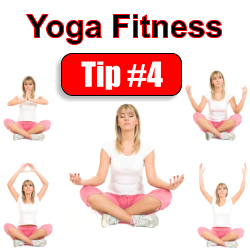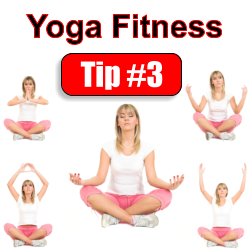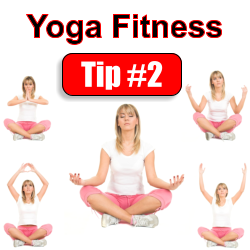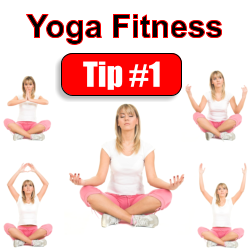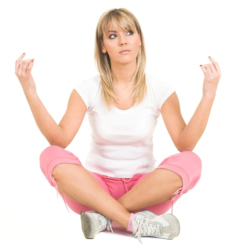Men in India Originally Developed Yoga
While that may seem like a weird question at first, it is not. Think about it, even though the majority of photos we see today are of women doing yoga, or modelling yoga clothes and accessories in commercials, yoga was developed by men in ancient India. So we know that men can do yoga, and at one time not too long ago, dominated the yoga field.
So the better question frequently asked is “Why don’t more men do yoga?” The real answer is the perception of it in the male mind. Men are wired differently than women; most male sports are based on competiveness. Because yoga is non-competitive, many males view it as something not worth doing and therefore a “girly” sport.
In reality, their skewed perception couldn’t be further from the truth. For example, being the whole LA Laker basketball team does yoga, it must be something worth doing.
But in general, the real question remains: “Do men do yoga?”, especially in a mixed-gender setting.
Two misconceptions exist that prevent many men from participating in mixed gender yoga classes:
- First would they be welcome in a yoga class dominated by females?
- Second, are they flexible enough to participate in yoga?
Can Men Do Yoga in a Female Dominated Yoga Class?
With 77% of yogis being female, it can be overwhelming at first walking into a co-ed yoga class, especially if you are only one of a few, or even the only male in the whole class. But in most cases, it is not the women that is the problem – it is you.
Just remember all of you are there for the same reason – to improve both your physical and mental well-being. In most cases, gender is immaterial; the women will put out the welcome mat; you just have to graciously walk across it.
While still in the minority, male-practiced yoga is catching on; according to Yoga Journal’s own research, the number of males practicing yoga is increasing at the rate of 5% per year.
If for some reason you are uncomfortable practising in a female dominated class, search out a studio that offers all-male classes. Many of them now do.
Men Do Yoga But Flexibility is the Real Question
Because the postures or asanas were developed by men, many of them are more suited to men than women because of the upper strength needed to complete the pose; something most women lack in the beginning. But the flexibility question is real – women by nature are more flexible than men. Researchers aren’t sure why, but it is true. Also, men differ from women in that they tend to develop more muscles in some areas of their body while not in others – depending on which sports they practice. This muscle development can actually reduce flexibility.
Yoga not only loosens up developed muscles thus making them more flexible, men can increase their overall flexibility through yoga. And that is only one benefit; others include:
- Increased mental sharpness
- Less stress
- Increased blood flow
- Detoxification of the body, just to name a few
So the answer is yes, men can and should do yoga for a number of reasons. Check out a studio near you and join a class. Your body will thank you for it!
